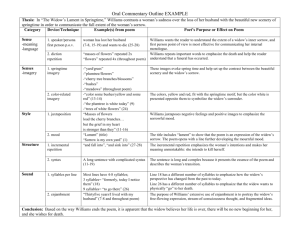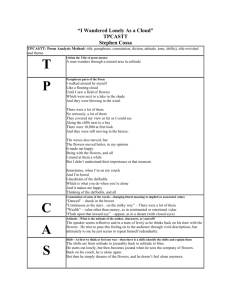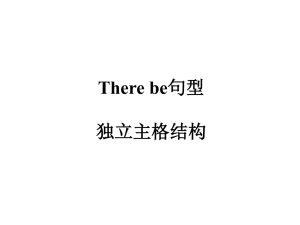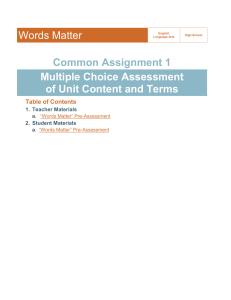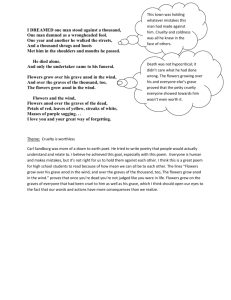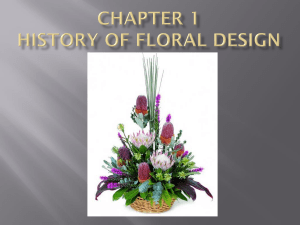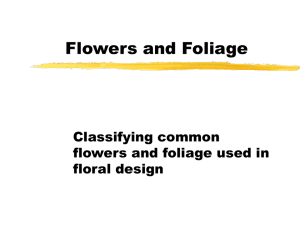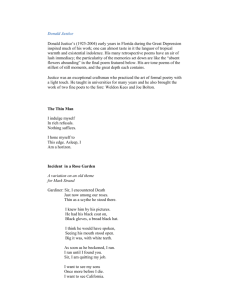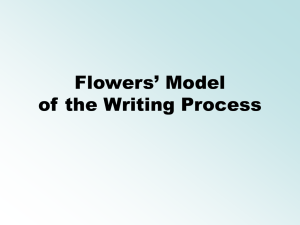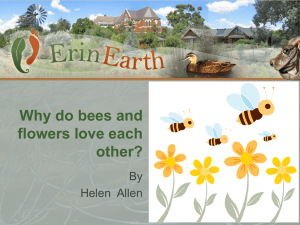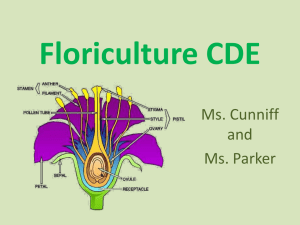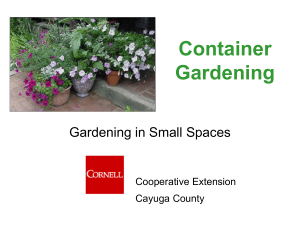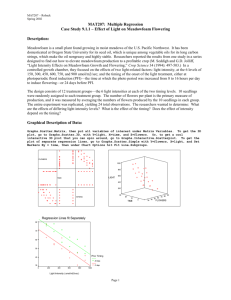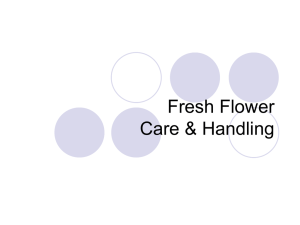The Widow`s Lament in Springtime
advertisement
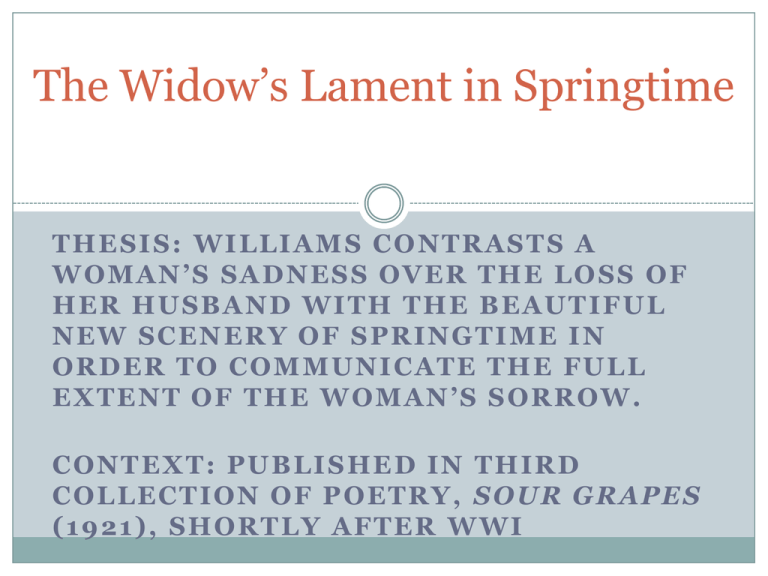
The Widow’s Lament in Springtime THESIS: WILLIAMS CONTRASTS A WOMAN’S SADNESS OVER THE LOSS OF HER HUSBAND WITH THE BEAUTIFUL NEW SCENERY OF SPRINGTIME IN ORDER TO COMMUNICATE THE FULL EXTENT OF THE WOMAN’S SORROW. CONTEXT: PUBLISHED IN THIRD COLLECTION OF POETRY, SOUR GRAPES (1921), SHORTLY AFTER WWI Overall Interpretation The speaker/persona is a woman. The woman has lost her husband: “Thirtyfive years/I lived with my husband” (7-8). All of the images of springtime magnify her sadness: but the grief in my heart is stronger than they [the flowers on the cherry branches and bushes] for though they were my joy formerly, today I notice them and turn away forgetting. (15-19) Now she wants to die: I feel that I would like to go there and fall into those flowers and sink into the marsh near them. (25-28) Language/ Stylistic Techniques: Juxtaposition, Imagery, & Mood Williams juxtaposes negative feelings and positive images to emphasize the sorrowful mood. Main springtime images in the poem: -yard/grass -plumtree/flowers -cherry tree branches/blossoms -bushes -meadows -trees of white flowers Sorrow is my own yard where the new grass flames… (1-3) Masses of flowers load the cherry branches and color some bushes yellow and some red but the grief in my heart is stronger than they (11-16) at the edge of the heavy woods in the distance, he saw trees of white flowers. I feel that I would like to go there and fall into those flowers and sink into the marsh near them. (22-28) Language: Significant Diction Williams includes carefully chosen words that are loaded with meaning and employs repetition for emphasis. “lament” and “springtime”: end vs. beginning (title) “flames,” “flamed,” and “cold fire”: flame of love (3, 5) Only family members mention are “husband” and “son”: patriarchy (8, 20) “white” repeated 2x: surrender (9, 24) Contrasts with “yellow” and “red” (14) “masses of flowers” repeated 2x: “flowers” repeated 4x: funeral mass/service (10-11) “today” repeated 2x: focus is on the present rather than past “and fall into”, “and sink into” (incremental repetition): unmistakable meaning (27-28) Structure & Sound Williams’ structure reinforces the depth and complexity of the woman’s grief. Extensive use of enjambment: free-flowing expression, stream-of- consciousness thought, fragmented ideas “Thirtyfive years”: emphasizes length of time (7) “formerly, today I notice them”: abrupt change (18) One long sentence with complicated syntax: essence of the poem, describes the woman’s transition (11-19) Awkward syntax “trees of white flowers”: highlights flowers (24) Similar line lengths: consistent rhythm (stream-of-consciousness) Most lines have 4-8 syllables One line has 9 syllables: “formerly, today I notice them”: emphasizes change (18) One line has 3 syllables: “to go there”: emphasizes death (26) Activity Work in partners: Role 1: You are the widow. State the last full sentence from the poem in the tone of voice that you believe the widow would use. Role 2: You are yourself. Respond to the widow by telling her whatever you feel she needs to hear. Roles 1 & 2: Continue this dialogue as realistically as possible until you run out of things to say. Discussion question: How did this activity help you understand or relate to the poem more? Conclusion BASED ON THE WAY WILLIAMS ENDS THE POEM, IT IS APPARENT THAT THE WIDOW BELIEVES HER LIFE IS OVER, THERE WILL BE NO NEW BEGINNING FOR HER, AND SHE WISHES FOR DEATH.
